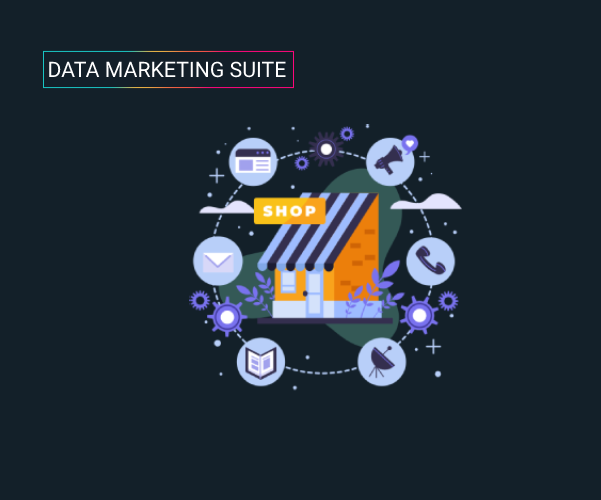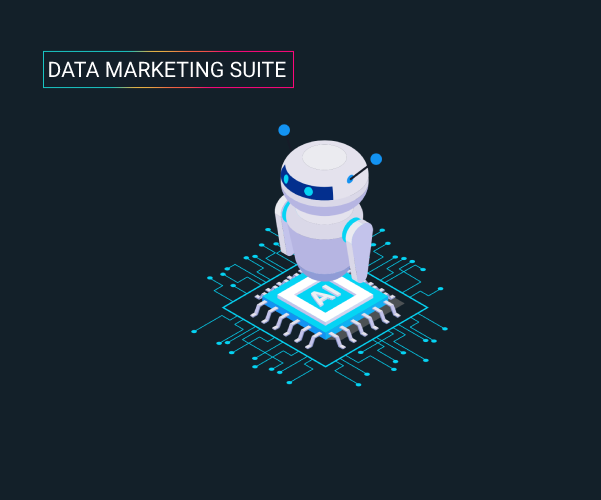The objective of the ominichannel analysis is to be able to follow the consumer throughout customer experience via different consumption channels. Omnichannel: a change in behavior linked to COVID The year 2020 was affected by the COVID epidemic that we all experienced. In this context, many customers have changed their consumption behaviors: change of brands, change of purchase frequency, change of consumed products and average basket amount… Many are the evolutions and adjustments that have marked consumers during the year. Among these changes, we have also seen a shift in consumption channels, in particular in favor of digital channels and omnichannel. If in the context, this evolution has been more undergone than provoked by the brands, it turns out that a large majority of brands are looking to increase the omnichannel consumption of their customers. Numerous customer knowledge tools allow them to find drivers to encourage multi-channel consumption. Identify the consumer typology First of all, setting up a comparative profile of the different types of consumers (exclusive to stores, exclusive to e-commerce, mixed for example) will allow us to understand the particularities of each group and to identify the drivers to act on. For example, let’s imagine that a product is over-consumed by “store-exclusive” customers, customers that we would like to see become “mixed” customers and therefore also buy on the e-commerce site, we could then make a specific offer on the product in question for any purchase made on the site. On the same mechanism, we could also imagine a special “click and collect” offer for e-commerce customers that we would like to bring to the store (provided, of course, that a store is located near their place of life). Sharpen your strategy with predictive models To go further, predictive models, and in particular the channel score, will allow you to anticipate natural changes in behavior and thus sharpen your strategy to influence consumer behavior. For example, if we set up a purchase intention score on the e-commerce site among “store-only” customers, we will be able to predict the probability that a given customer will buy on the e-commerce site in the coming weeks. Based on this information, we can then differentiate the animation strategy into different groups. For example: How to promote omnichannel with datacadabra? Within datacadabra, many methods are available to work on these issues. In particular, the Describe module will allow you to work on customer profiles and compare the consumption behaviors of different groups. Within the Predict module, the different scoring models will allow us to anticipate future consumer behavior. Our different analysis methods are very simple to implement and allow you to build your action plans with ease. Want to know more? Do not hesitate to contact us or to ask for a demo of datacadabra.
From its creation to today, Artificial Intelligence has become a powerful tool for marketing and CRM through the use of predictive models. The origins of Artificial Intelligence When we think about Artificial Intelligence (AI), we can naturally think about great Science Fiction movies (the famous Terminator), innovations related to our daily life like the developments related to the autonomous car for example, or other similar topics. In the context of marketing actions, AI also has a great role to play. But before going into the uses of AI, we should first recall the concepts associated with this term. The notion of Artificial Intelligence was born from the work of mathematician Alan Turing in the 1950s. It is a very vast and rather vague concept that groups together a wide variety of treatments that all have the same goal: to allow a machine to reproduce human behavior. Thus, simple logic programming IF… THEN… ELSE… is a form of AI. Research today tends to try to find ways to create Artificial Intelligence capable of learning almost by itself, like AlphaGo for example, for the game of Go. There are two types of artificial intelligence: weak artificial intelligence, capable of reproducing human behavior but without consciousness, and strong artificial intelligence, which does not yet exist, and which could allow machines to be endowed with consciousness and sensitivity. Machine Learning, Deep Learning, Artificial Neural Network, AI vocabulary Within this large group of techniques related to Artificial Intelligence, we find Machine Learning. Machine Learning, or automatic learning, will be able to take the decision to adopt and create the most relevant model possible given the available data. A large number of tasks will thus be automated depending on the situation. The term Machine Learning is not new either, it appeared in the 80’s when statistics allowed to improve computer algorithms to make them intelligent. The general idea was then to find a model that was as close as possible to the reality of the data to be analyzed. The first regression methods were born. Machine Learning is very efficient in a situation where, from a very large data set, the algorithm must discover an atypical behavior (fraud, purchase of a product by a minority of individuals…) We are finally talking about Deep Learning. When we think of Deep Learning, we automatically think of Neural Networks which aim to reproduce the functioning of the human brain to make decisions in certain situations. In reality, Machine Learning and Deep Learning are forms of Artificial Intelligence, but the opposite is not true: not all forms of Artificial Intelligence are based on Machine Learning or Deep Learning techniques. AI in the service of marketing When using Artificial Intelligence techniques in marketing and CRM, we will mainly work on predictive models. The idea is to anticipate customer behavior on different issues (appetence, attrition, purchase intention, interest for a product…) in order to improve action plans. The benefits are numerous, both in terms of performance improvement (increase in sales and/or average basket, reactivation of customers, limitation of inactivity) and in terms of cost reduction (reduction of commercial pressure, optimization of channel choices according to targets). We can thus increase our performance by several points thanks to Artificial Intelligence. How does datacadabra support you on the subject? The models within the Predict module will naturally allow you to work on all the business problems encountered by marketers while relying on proven Artificial Intelligence models thanks to predictive methods. Want to know more? Do not hesitate to contact us or to ask for a demo of datacadabra.

